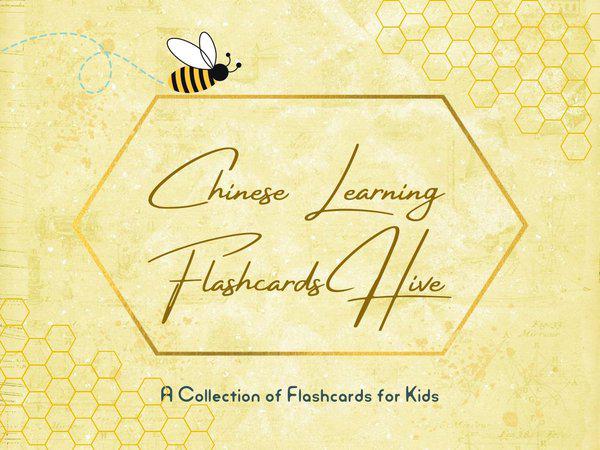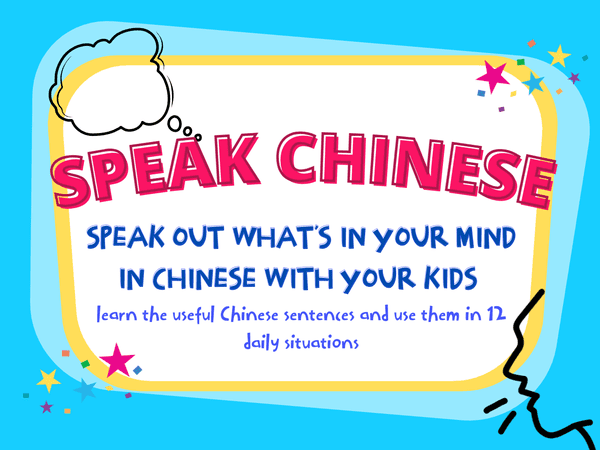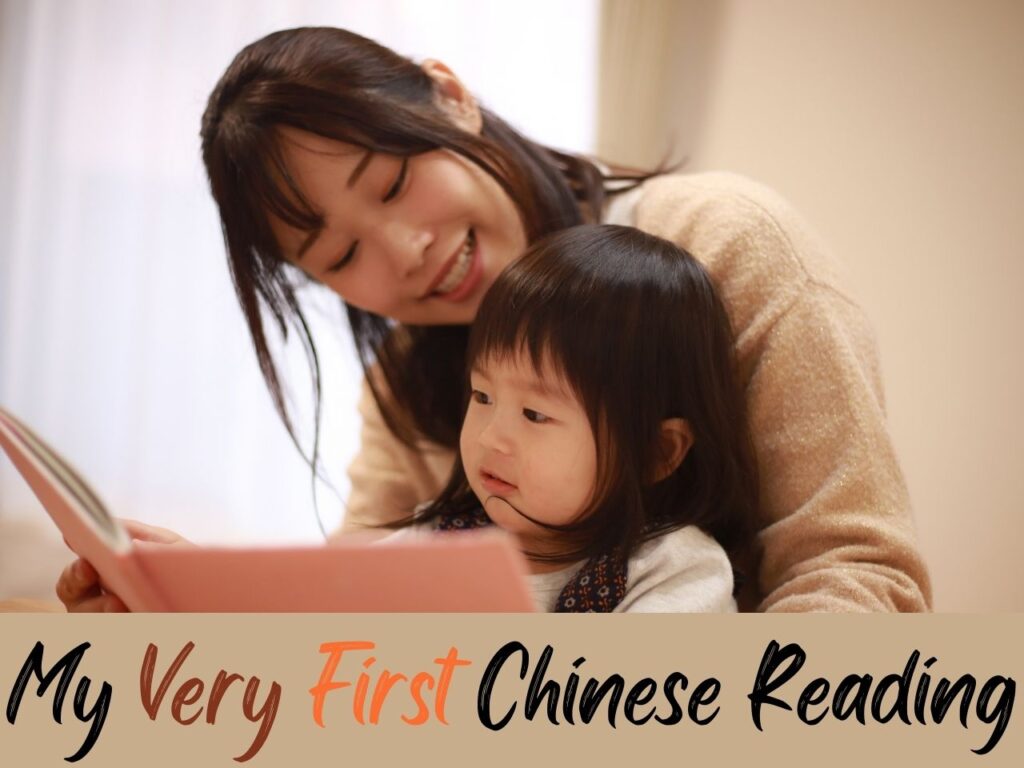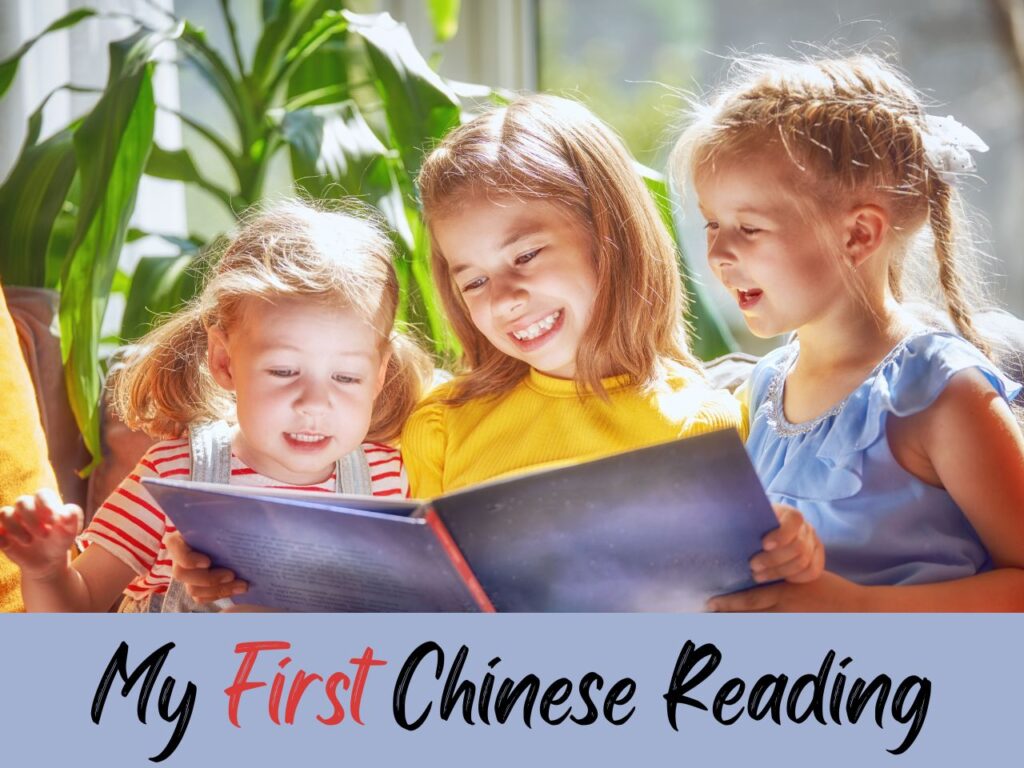
Proactive and Reactive Approaches of Learning Mandarin Chinese

There are two approaches we can use when learning Chinese as a foreign language: proactive and reactive. Proactive approach means creating or controlling a situation rather than just responding to it after it has happened. On the other hand, reactive approach means acting in response to a situation rather than creating or controlling it.
Let’s have a look at using each of the approaches in Chinese language learning.
Proactive Approach
We can try to predict what situations you’ll be in, and what vocabulary/sentences you’ll want to use.
Anybody who starts to learn a new language must have followed this approach. Before you go to a grocery store, have you ever prepared for possible conversations? A list of what you want to buy, sentences like asking for the location of the items or asking for the price can be very helpful. Being prepared for a situation definitely helps to open a dialogue and get the task done. Once used, the vocabulary, phrases or sentences become easy to be remembered.
However, there is still one little drawback: the vocabulary learnt from the imaginary situation might be more than necessary; the unused words/phrases/sentences might be easily forgotten.
What Helps Us to be Proactive
In Chinese learning, we can be proactive by foreseeing the situation and then preparing it by creating a list of key vocabulary and phrases. Word walls are very useful since they normally feature some images as well. A list of basic sentence structure for the particular situation is also very useful. We can also create the whole imaginary conversation which shows the flow of the dialogue. Of course, we can use cue cards to remind ourselves of the situation and the highlights of the key points.
In summary, we can stay proactive by using the following aids:
- Key vocabulary
- Word walls
- Basic sentence structure
- Imaginary conversation
- Cue cards
Reactive Approach
React to a situation with positive attitude: embrace new vocabulary, sentences and ways of expressions as a learning opportunity. Try to come up with the right responses or at least some responses. For the words or phrases you do not, note them down. Ask for the other people in the situation to help write them down later.
It is not always possible to predict all the language needed for a situation. Maybe the actual situation is changed; maybe the responses you get from the other participants are different; or the conversation does not go in the direction you predicted…
What to do if this happens? To panic and give up, or take it as a learning opportunity?
This is actually an effective way of learning a foreign language. The initial embarrassment of not knowing the words or phrases can be a real motivation for the learner to find out the meaning and thus memorize them.
Take my own experience for example, when I first arrived in Germany, I did not know German at all. One day I wanted to buy some flour, but didn’t know the word. I went to the grocery store and asked the cashier, she did not understand me. I asked around, one lady seemed to understand and gave me the direction to a shop at the corner in a couple of blocks. When I arrived, I found myself standing in front of a FLOWER shop! The first thing I went home was to find out the German word for “flour”. And I will never forget the word “Mehl”.
The things that we can note down using reactive approach
- Questions
- Different situations
- Words of similar pronunciation but of different meanings
- Different use of word orders or sentence structure
Combining Proactive and Reactive Approaches of Learning Mandarin Chinese
The best way of learning Chinese is to combine both proactive and reactive approaches. Always be proactive when learning Chinese. Be prepared and anticipate the conversations or scenario. And the same time, stay flexible for unexpected situations, be reactive. Take notes whenever unfamiliar words or more show up. Treat it as a learning opportunity.
If you like this article, PIN IT!

More Articles to Read:
- Chinese and Mandarin – Are they the same Chinese language?
- Use Role Plays to Motivate Children to Learn Chinese
- Why Should Children Learn to Write Chinese Characters
- How not to discourage children from reading Chinese books
- Use Spaced Repetition System in Chinese Learning
- Use Chunking to Increase Chinese Vocabulary Efficiently and Effectively
- Improve Spoken Chinese via Recording Chinese Speaking – An Effective Way to Practice Chinese
- Chinese4kids Book Collection Overview
You May Also Be Interested:
-
5 Stages of Children’s Chinese Acquisition as a Second Language
- Chinese4kids Membership – a portal for busy Chinese teachers and parents
- Chinese learning flashcards Hive – a flashcards library that with regular additions of new quality Chinese learning flashcards
- Chinese learning worksheets collection – Also a part of Chinese4kids membership, this collection is for teachers and parents who want to have access to engaging worksheets and activity sheets created for kids learning Mandarin Chinese as an additional language
- Speak Chinese with Kids Course
You May Also Be Interested:
- Chinese4kids Membership – a portal for busy Chinese teachers and parents
- Chinese learning flashcards Hive – a flashcards library that with regular additions of new quality Chinese learning flashcards
- Chinese learning worksheets collection – Also a part of Chinese4kids membership, this collection is for teachers and parents who want to have access to engaging worksheets and activity sheets created for kids learning Mandarin Chinese as an additional language
- Speak Chinese with Kids Course
- Chinese Vocabulary Made Easy Course
Recent Posts
Join Our Membership
Enroll to A Course
Buy An eBOOK
Our Posts



















